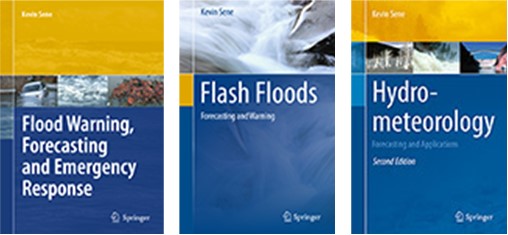Recently, several people have asked me how I went about writing The Mersey Estuary: A Travel Guide and what my own personal highlights were while researching the book.
This included BBC Radio Merseyside and thanks to Sean Styles again for an enjoyable interview.
I thought that I would summarise my thoughts here so read on if interested to find out more.

How the guide started
I lived in Warrington for many years, right at the top of the estuary, more than twenty miles from the coast. It’s strange to think that the Mersey is tidal here but water levels do rise and fall each day, sometimes by several metres on the highest tides.
Liverpool was in easy reach and Wirral too, and both became favourite places for a day out. Over the years, I had also worked on several studies related to flooding in the Mersey Basin, so that added to the interest.
A little-known highlight of Warrington is that there are miles of waterside paths and I often used to go running or cycling along them after work, either alongside the Mersey or the three canals that pass through the town: the Sankey Canal, the Bridgewater Canal and the Manchester Ship Canal.
It was also good to venture further afield, such as to Widnes and Runcorn, and on August bank holidays it became a tradition to cycle along the Trans Pennine Trail to Liverpool, take the Mersey Ferry, and then to continue to New Brighton and along the north Wirral coast to Hoylake for RNLI Hoylake’s Open Day.
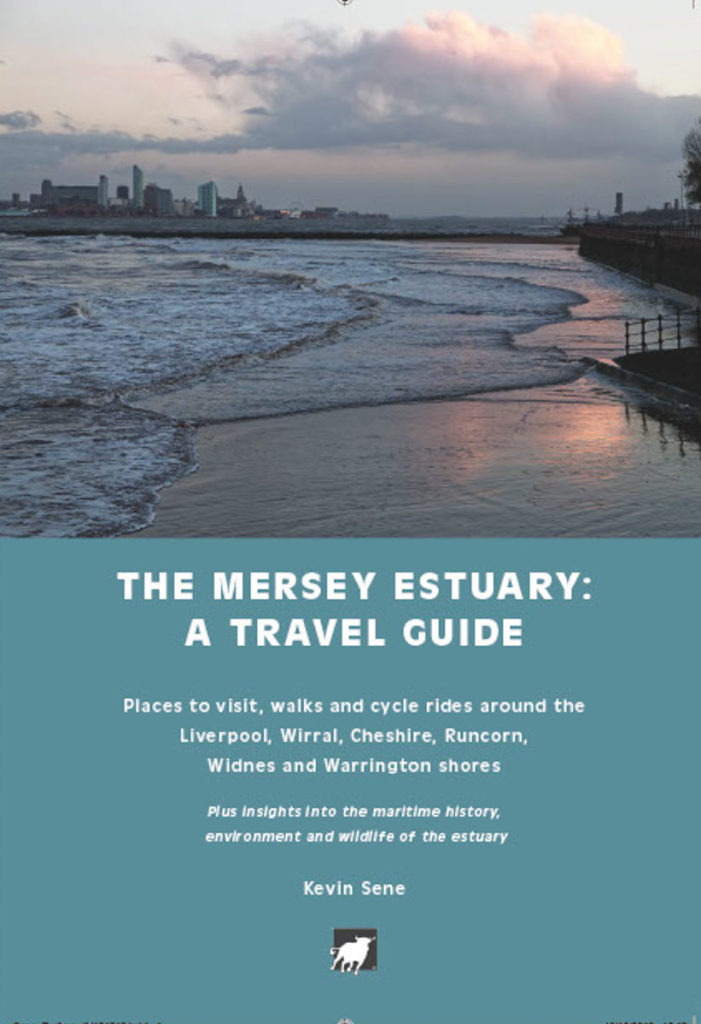
As well as finding some fascinating new places to visit, this led to an interest in the history, environment and wildlife of the area. After sounding out a few people on the likely interest, I decided to write a book about the estuary and, as a keen traveller myself, thought that a travel guide would be the best format to use.
Researching the guide
In the end, the guide took shape over several years, fitted in around overseas work commitments and a house move. It was really interesting to write though and visits to Liverpool often included a trip on the Mersey Ferry – I could gaze at Liverpool’s waterfront for hours!
The walks and cycle routes also needed refining and route descriptions testing, which was a much bigger task than I’d expected, but a chance to enjoy them again.
Contacts with local experts were another rewarding aspect and included museum curators and maritime and wildlife experts, and I’d like to say thanks again for their time and help. Also to staff at Warrington, Manchester and Liverpool libraries.
Images and base maps also needed finalising before sending them to Matador, part of Troubador Publishing, who did a great job with the final layout, cover design, printing and ebook production.
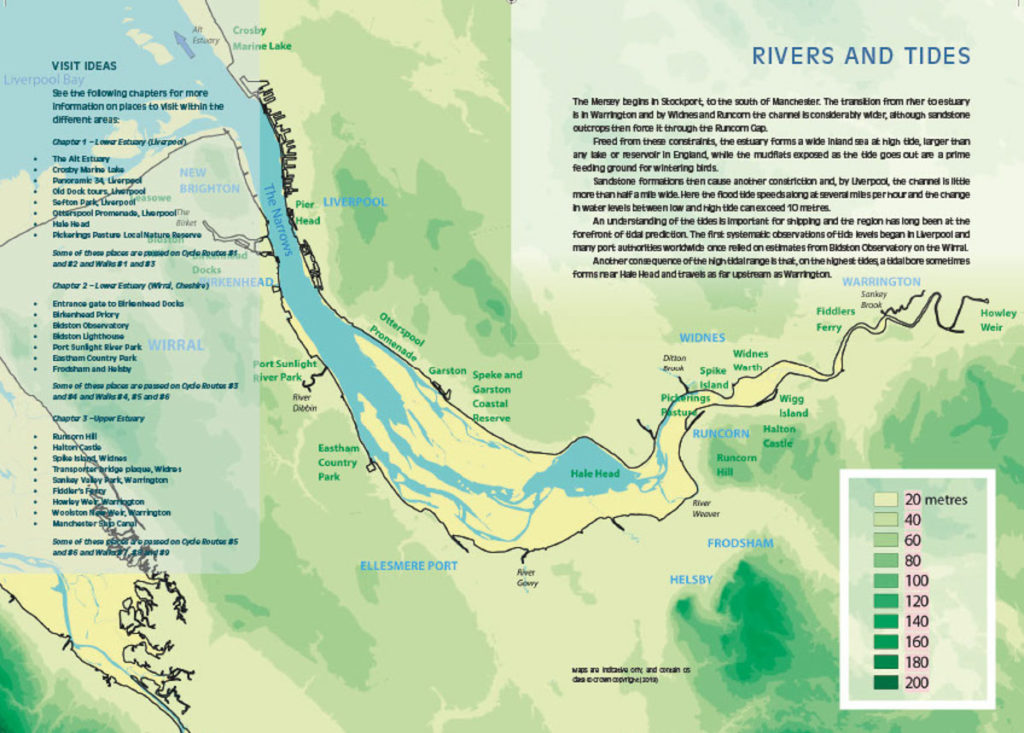
Some personal highlights
Having collated all this material, I decided to divide the guide into two parts of roughly equal length, one on places to visit and the other with a more in depth look at the history, environment and wildlife of the estuary.
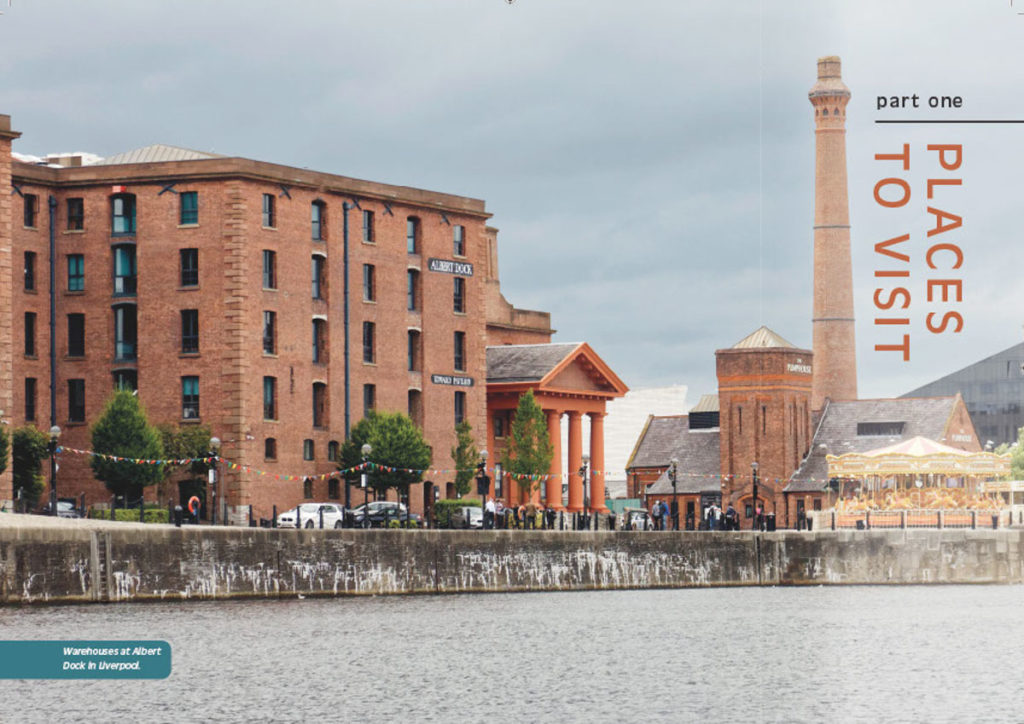
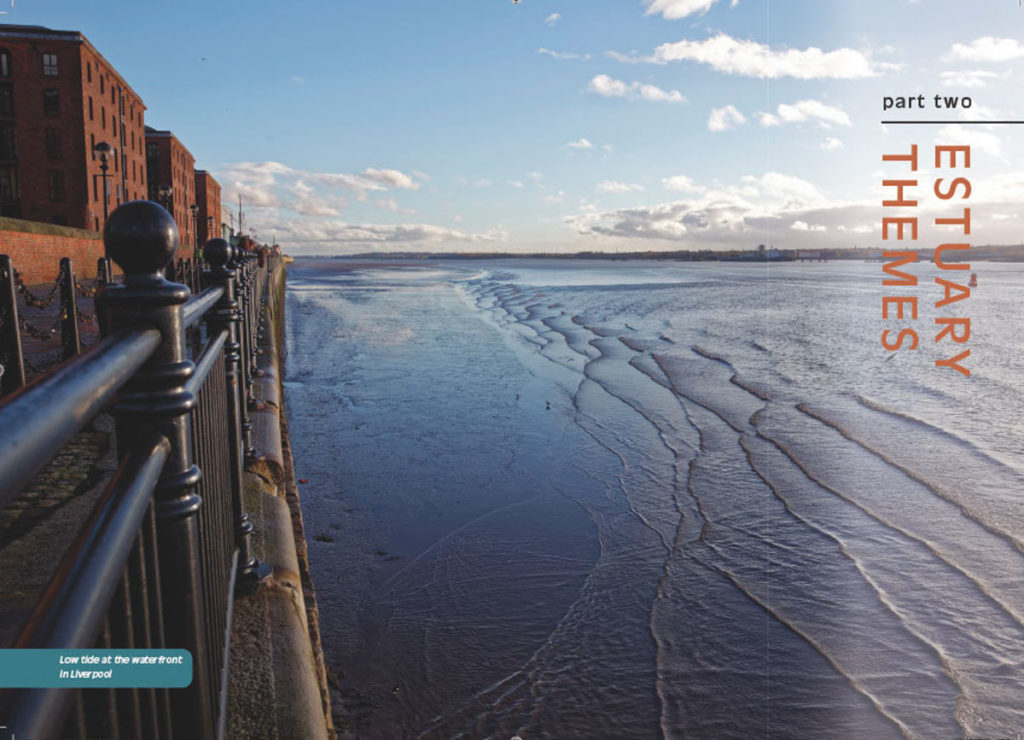
Perhaps the main surprises while researching the book came from this more detailed look and I’ve picked just a few highlights here that are discussed more in the book:
History
- Inland ports – as a Warrington resident, it was really interesting to find out more about the role that the Mersey played in development of the town and in other locations around the estuary, such as at Runcorn, Widnes, Ellesmere Port and Birkenhead.
- Port of Liverpool – the history of the port is another fascinating topic, including the role of scientists at Bidston Observatory in developing our understanding of the tides and how land was reclaimed from the Mersey to build the port.
Environment
- Mersey Tidal Bore – another surprise was to find that the Mersey has a tidal bore, which passed just a few minutes from where I lived. This is an amazing wave that travels upstream from near Liverpool John Lennon Airport past Runcorn and Widnes to Warrington on the highest tides.
- Water quality – it was also fascinating to find out more about how the Mersey has been cleaned up in recent decades, with new nature reserves and parks, and even salmon making a return, reaching south Manchester and beyond. Highlights included Eastham Country Park, Port Sunlight River Park and Pickerings Pasture Nature Reserve.
Wildlife
- Seal spotting – again, it was news to me that seals are regularly sighted around the estuary mouth, and sometimes swim past Liverpool and Birkenhead as far as the Runcorn Gap and even Warrington.
- Waterbird murmurations – I also wasn’t expecting to see one of the world’s great wildlife wonders, but the amazing aerial displays performed by waterbirds – called murmurations – certainly fall into that category. I was lucky enough to see this happen near the Runcorn Gap and on the north Wirral coastline.
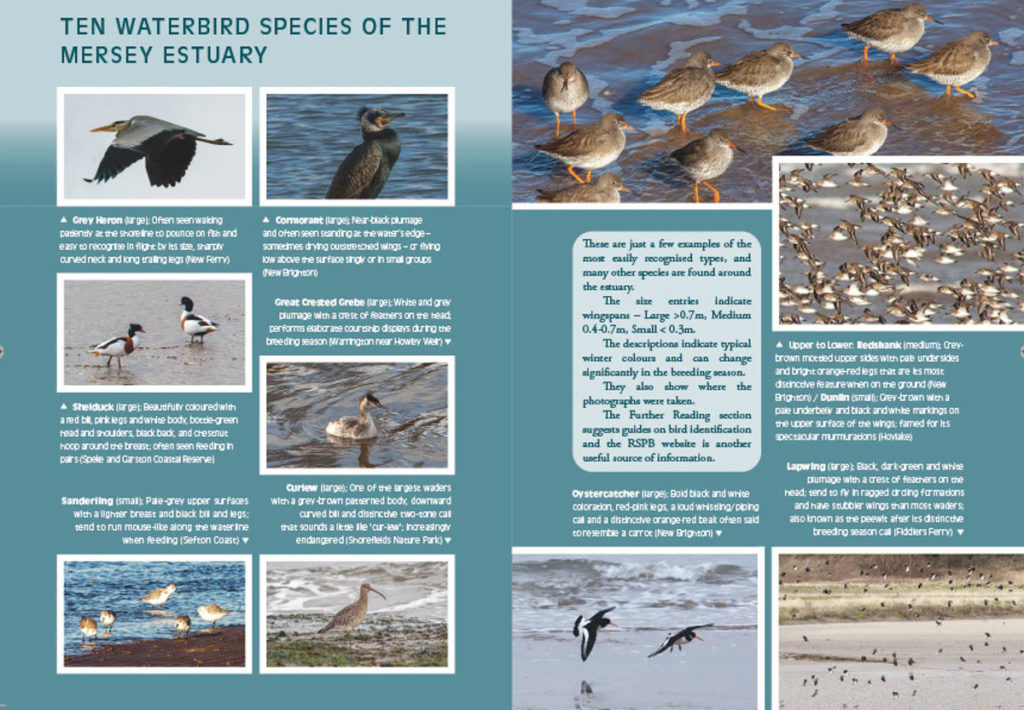
Conclusions
Overall, the book was really interesting to research and I’ve been pleasantly surprised by the feedback that I’ve received, particularly from local residents who’ve said that it includes many places that they didn’t know about.
For example, it was great to see this review in Warrington Worldwide and there are more examples at www.troubador.co.uk under Author News and Book Reviews.
If you’d like to find out more about the topics above, I’ve posted several examples here. My newsletter includes further examples and more insights into my approach to writing and photography; there’s a sign up link at the top of the page.
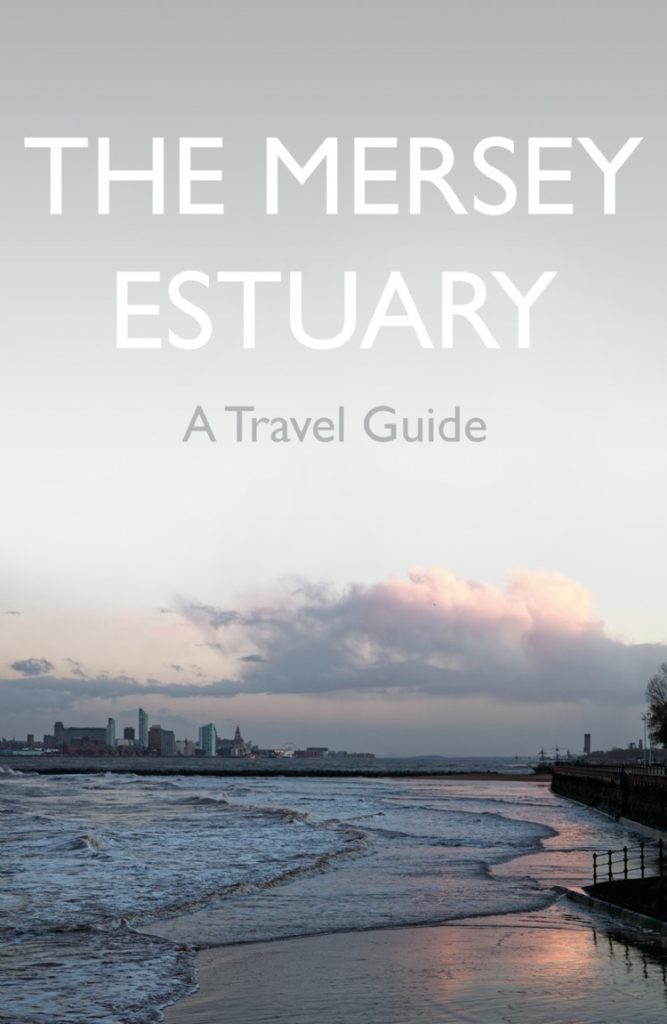
The Mersey Estuary: A Travel Guide describes places to visit around the estuary, walks and cycle routes, and its history, environment and wildlife and is available from most bookstores and as an ebook. See www.troubador.co.uk for more information including reviews and a short video about the book.
